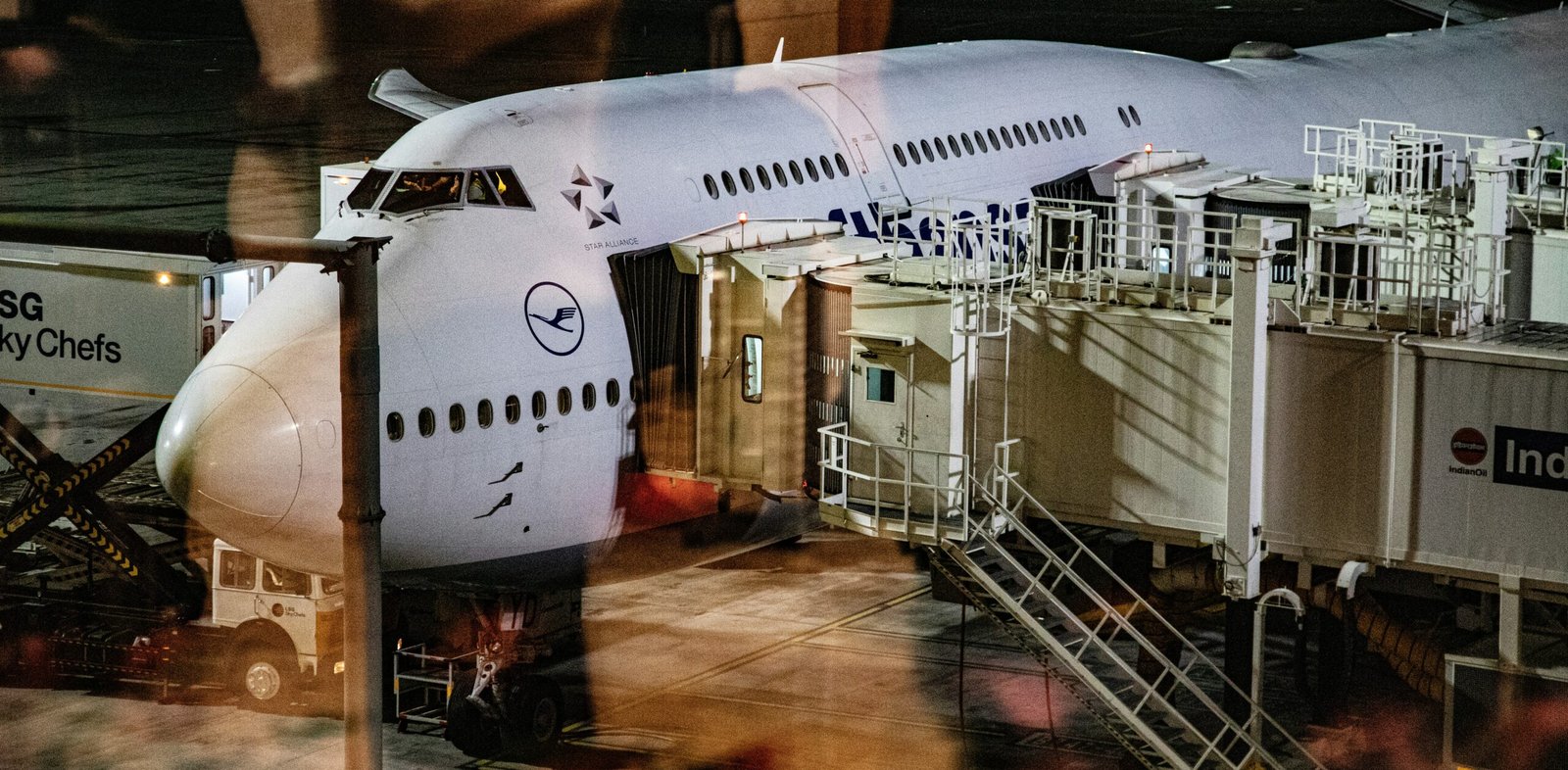Overview of DFW Airport Before COVID-19
Before the onset of the COVID-19 pandemic, Dallas/Fort Worth International Airport (DFW) was one of the busiest and most strategically significant airports in the United States. With an impressive average of approximately 75 million passengers annually, DFW ranked among the top airports globally in terms of passenger traffic. The operation of around 1,850 daily flights evidenced a robust network connecting it to more than 260 destinations worldwide, showcasing its extensive reach and the importance it held in international and domestic air travel.
The airport served as a major hub for prominent airlines, including American Airlines, which leads the market in flight volume at DFW. This university of airlines provided travelers with diverse choices and convenient connections that enhanced the overall travel experience. DFW Airport’s impressive growth trajectory leading up to 2020 was matched by its continuous investment in infrastructure, making it increasingly capable of accommodating rising passenger demand. Features such as modern terminal facilities, luxury lounges, dining options, and retail outlets complemented the airport’s operational capabilities, enhancing passenger satisfaction and overall experience.
In relation to its geographical context, DFW Airport played a vital role in Texas’s economy, serving as a pivotal conduit for business and travel in a state known for its diverse industries and global commerce. The airport’s strategic positioning allowed it to facilitate both domestic and international trade, thereby strengthening Texas’s role as an economic powerhouse in the region. With an emphasis on innovation and efficiency, DFW was well poised to be a leader in the aviation industry, further solidifying its status as an essential gateway to the world. This pre-COVID-19 period laid the groundwork for understanding the airport’s operational resilience and adaptability in the face of future challenges.
Impact of COVID-19 on DFW Airport Operations
The COVID-19 pandemic had a profound impact on DFW Airport, leading to unprecedented challenges and changes in operations. In March 2020, as air travel restrictions were imposed and public health concerns escalated, DFW Airport experienced a staggering decline in passenger traffic. In March 2019, the airport recorded approximately 7 million passengers, but by April 2020, this number plummeted to just over 1 million, representing a decline of nearly 85% year-over-year. This dramatic drop in air travel not only affected the airport financially but also raised significant concerns about the viability of airlines operating within its facilities.
In response to the crisis, airlines significantly reduced their operations at DFW Airport. Major carriers, facing declining demand, halted numerous flights and grounded their fleets, leading to a substantial reduction in available routes. For instance, American Airlines, which has DFW as its primary hub, announced a cutting of over 80% of its flights during the peak of the pandemic. This adjustment reflected a broader trend seen across the aviation industry, as numerous airlines were forced to adjust their business models to adapt to the new reality of travel.
The financial ramifications for DFW Airport were equally significant. Revenue losses mounted as passenger fees, terminal rents, and concessions plummeted, prompting the airport authority to consider various remedial measures. To maintain safe operations while adhering to health guidelines, DFW implemented several modifications, including enhanced sanitation practices, installation of hand sanitizing stations, and the introduction of social distancing protocols within terminal areas. Additionally, the airport undertook efforts to minimize touchpoints through the use of technology, such as mobile check-ins and contactless boarding procedures.
Despite these hurdles, DFW Airport demonstrated resilience by prioritizing health and safety while navigating the complexities imposed by the global pandemic. The lessons learned during this period are poised to influence the future operational strategies of the airport as it adjusts to evolving conditions in air travel.
Recovery Trends and Future Outlook for DFW Airport
The recovery phase for DFW Airport following the peak of the COVID-19 pandemic has shown promising signs as air travel begins to rebound. Recent data highlights a significant resurgence in passenger traffic, with a notable increase in both domestic and international flights. As the travel industry revives, DFW Airport has experienced a steady climb in occupancy rates, indicating travelers’ renewed confidence in air travel.
In response to the changing landscape, airlines operating at DFW Airport have adapted their operations to align with shifting demand. Many carriers have reinstated previously suspended routes, while also launching new services aimed at connecting vital markets. The airport’s strategic location as a major hub has allowed it to capitalize on these adjustments, fostering a robust recovery trajectory. Additionally, collaboration among airlines and airport officials has led to innovative scheduling and operational efficiencies, aiming to optimize flight patterns for both carriers and passengers alike.
To further stimulate growth, DFW Airport has implemented a series of promotional campaigns designed to attract more travelers. These campaigns highlight the benefits of flying from DFW, such as competitive fares, new routes, and enhanced safety measures that reassure travelers. Moreover, partnerships with airlines to offer incentive programs have also played a crucial role in driving passenger volumes back to pre-pandemic levels.
Insights from airport officials suggest an optimistic outlook for the upcoming years. Industry experts forecast that DFW Airport is likely to recover fully within the next few years, thanks to its commitment to innovation and excellence in passenger experience. The combination of renewed airline operations, strategic marketing initiatives, and the airport’s inherent advantages positions DFW Airport as a vital player in the post-pandemic aviation landscape.
Conclusion
The journey of DFW Airport through the pandemic has uncovered critical insights on crisis management and operational resilience. The COVID-19 pandemic posed unprecedented challenges; nevertheless, DFW exhibited remarkable adaptability that could serve as a blueprint for future aviation crises. Key findings illustrate how DFW Airport effectively pivoted its operational strategies, integrating enhanced health protocols and contactless technologies to prioritize passenger safety. The temporary decline in passenger traffic prompted a reevaluation of workflow efficiency and resource allocation, ensuring a more streamlined experience for travelers.
As we look towards the future, evolving passenger preferences and expectations are evident. The pandemic has significantly altered how travelers engage with airports, with many prioritizing health and hygiene standards. DFW Airport has proactively responded to these shifts by committing to substantial investments in infrastructure and technology. This includes the implementation of advanced sanitation measures, real-time health screening, and improved communication channels to keep passengers informed and at ease during their journey.
Moreover, pursuing sustainability initiatives has added another layer to DFW’s strategic adjustments. As public awareness about environmental impact continues to rise, the airport is poised to incorporate greener practices and energy-efficient technologies into its future planning. Such initiatives not only align with modern passenger values but also emphasize a responsible approach to air travel.
In summary, the lessons learned during the pandemic will shape DFW Airport’s operational framework in the long term. The ability to adapt in crisis, respond to new travel expectations, and invest in future-ready infrastructure speaks volumes about DFW’s resilience. As the travel landscape evolves, DFW is committed to leading the way in enhancing the traveler experience, ensuring that it remains a premier global aviation hub.

